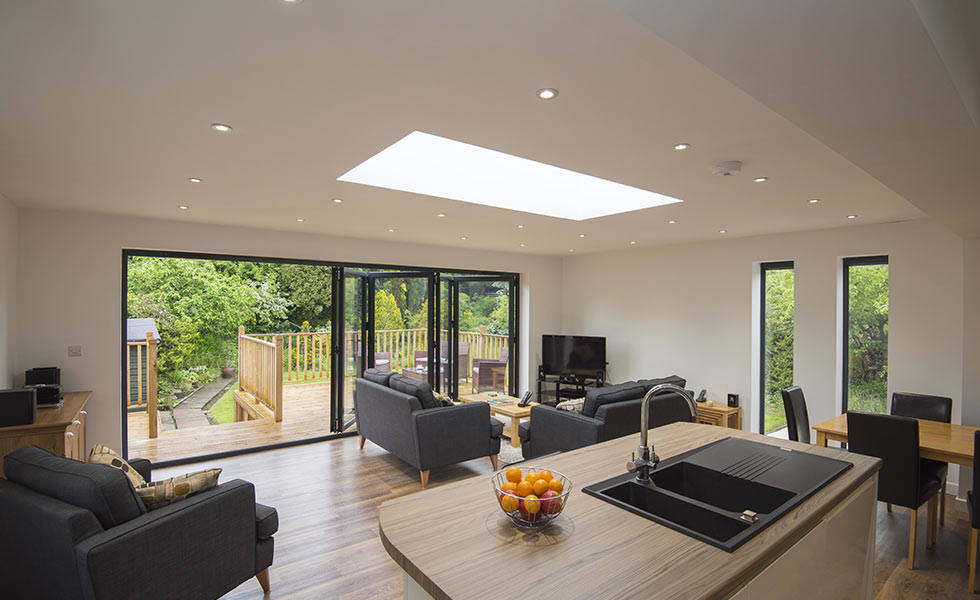Should I choose triple glazing?
Demand for triple glazing has been steadily rising in the last five years — more so since the 2013 revisions of Part L of the Building Regulations, which requires builders to strive even further to reduce the heat and power demand of a home.

If you are looking to control heat loss through doors and windows, then triple glazing seems like an obvious solution.
However, the additional engineering and materials used in triple glazed windows, inevitably come at an additional cost. Neil Ginger, CEO at Origin, discusses his thoughts on the triple glazing debate.
Thermal efficiency
You might be surprised that some double glazing matches the performance of triple glazing. Thermal efficiency all comes down to the U value of a material (the rate at which heat transfers through it), and simply specifying triple glazing does not guarantee the highest U values. Therefore it is important to request the U values to compare products.
Origin’s aluminium triple-glazed bi fold doors have a certified U Value of 1.3W/(m2K), surpassing the British Building Regulations by 27 per cent
You could also look for double glazing units that integrate the latest technologies to further improve their thermal efficiency. Some manufacturers use Aerogel – a material used to insulate NASA spacesuits – increasing thermal performance by up to 67%. Origin’s Aeorgels systems offer a 0.9 U-value (the lower the number, the higher the thermal efficiency) using just 10mm thick pieces of Aerogel.
Get small space home decor ideas, celeb inspiration, DIY tips and more, straight to your inbox!
Strength and weight
Delivery
A van or lorry has a maximum weight load, so fewer triple glazed units can be delivered at once. If you don’t have many windows to order, or you need smaller windows, this may not be an issue, but it you are replacing all glazing in your home, the installer will have to make several trips. They will also need a glass lifter to manoeuvre the windows. These all lead to cost increases.
Views and opening sizes
If you are looking to maximise views and outside access with bi-fold doors, you need to be aware that you can create a bigger opening with double glazing than triple glazing. This is because the additional weight of triple glazing means larger doors are too heavy to operate. Therefore you have to use more, smaller panels if you choose triple glazing, and accept that this will increase the amount of door frame.
Triple glazing cannot be supported on the narrow frames many of us choose when specifying glazing for an uninterrupted view. As mentioned above, if you want triple glazed bi fold doors, you need to accept that there will be more frame.
Costs
Triple glazing can cost twice as much as double glazing. As we have mentioned, not only is there an extra panel of glass, but also the additional framing material required to support this added weight. Therefore, when choosing whether to install triple glazing or not, for many, cost becomes the deciding factor.
However, if you are building to Passivhaus standard, triple glazing is recommended. And, if this is to be your forever home, you will want to weigh up the benefits of fractionally lower running costs, against the initial outlay.
Making the decision
Each project is different, and so you need to weigh up the benefits of triple glazing against the cons. If you are looking for larger expanses of glazing, with lightweight frames, double glazing may be preferable. However, if exceedingly low running costs for your home are the ultimate goal, triple glazing could still be a consideration, but you need to price up energy saving against the added material and installation costs first.